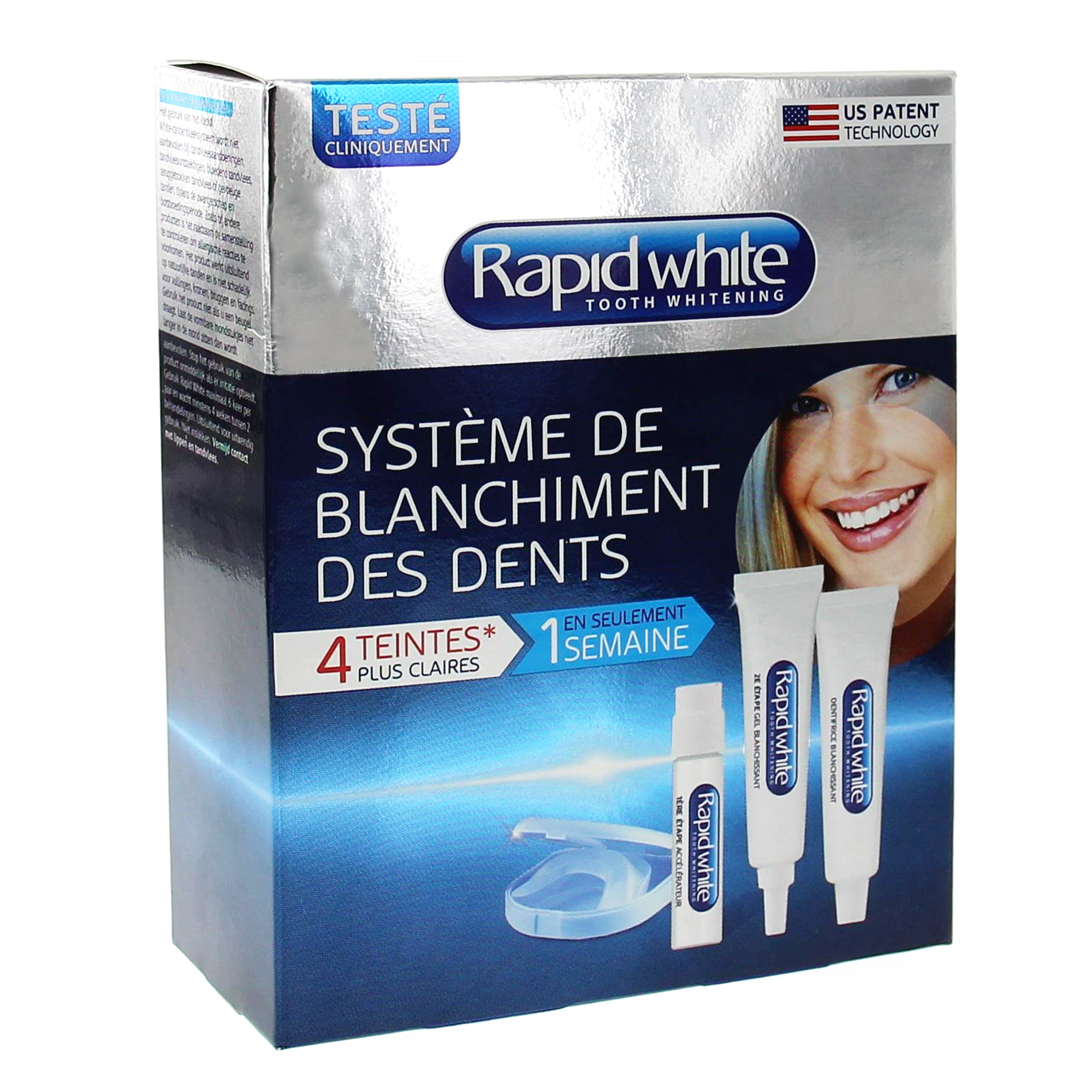After Filling Tooth Hurts: Solutions Guide

The discomfort and pain that can follow a tooth filling procedure is a common experience for many individuals. While it’s usually a temporary and minor issue, understanding the reasons behind the pain and knowing how to manage it can significantly improve the post-procedure experience. Dental fillings are a routine treatment for tooth decay, and the pain afterwards can stem from several factors, including the procedure itself, the material used for the filling, or the tooth’s sensitivity after the filling.
Understanding the Causes of Pain After a Filling
To address the pain effectively, it’s crucial to understand its underlying causes. The pain can be due to:
- Tooth Sensitivity: Often, the tooth and the surrounding gums may feel sensitive after a filling. This sensitivity can be due to the drilling process or the filling material.
- Inflammation: The process of removing decay and placing a filling can cause temporary inflammation in the tooth pulp, leading to pain.
- High Filling: If the filling is not properly shaped or smoothed, it can lead to a “high filling,” where the filled tooth touches the opposing tooth before the others, causing discomfort and pain when biting down.
- Allergic Reactions: Though rare, some individuals might have an allergic reaction to the filling material, which could cause pain among other symptoms.
Solutions to Manage Pain After a Filling
Fortunately, there are several solutions and strategies to manage and reduce the pain experienced after a tooth filling:
1. Medications
Over-the-counter pain relievers such as ibuprofen (Advil, Motrin) or acetaminophen (Tylenol) can help manage the pain. However, it’s essential to follow the recommended dosage and consult with your dentist before taking any medication, especially if you have any health conditions or are taking other medications.
2. Desensitizing Toothpaste
For teeth that are sensitive after a filling, using a desensitizing toothpaste can help. These toothpastes contain ingredients like potassium nitrate that help block the dentinal tubules in the teeth, reducing sensitivity.
3. Salt Water Rinse
Rinsing your mouth with warm salt water several times a day can help reduce swelling and alleviate pain. Mix 1⁄2 teaspoon of salt with 8 ounces of warm water and swish it around your mouth for a few seconds before spitting it out.
4. Cold or Warm Compress
Applying a cold or warm compress to the outside of your cheek near the aching tooth can help. Some people find that a cold compress helps reduce swelling, while others prefer a warm compress to relax the nerves and muscles.
5. Dietary Adjustments
Avoiding certain foods can help minimize discomfort. Hot, cold, sweet, or hard foods can exacerbate sensitivity and pain. Opt for a soft diet for a few days after the procedure.
6. Follow-up with Your Dentist
If the pain persists or worsens over time, it’s crucial to follow up with your dentist. They can assess the filling and surrounding area to ensure that the pain isn’t a sign of a more serious issue, such as an infection or improper filling placement.
Preventing Pain After a Filling
While some level of discomfort is expected after a dental filling, there are steps you can take to minimize the risk of significant pain:
- Choose the Right Filling Material: Discuss the options for filling materials with your dentist. Some materials, like composite resin, may cause less sensitivity than others.
- Maintain Good Oral Hygiene: Keeping your teeth and mouth clean can reduce the risk of complications. Brush and floss gently around the filled tooth.
- Avoid Certain Foods: Limit or avoid foods that can cause sensitivity or discomfort, especially in the first few days after the filling.
Conclusion
The pain after a tooth filling, although common, can be managed with the right strategies and understanding of its causes. By knowing how to address the discomfort and taking preventive measures, individuals can minimize their post-procedure pain and ensure a smoother recovery. Always consult with a dental professional if the pain is severe or persistent, as they can provide personalized advice and treatment to ensure your comfort and the success of the filling.
How long does pain after a filling typically last?
+Pain or sensitivity after a filling usually subsides within a few days to a week. However, if the pain persists or worsens, it's essential to consult with your dentist to rule out any potential complications.
Can I eat normally after getting a filling?
+It's recommended to avoid chewing or biting on the filled tooth for a few hours after the procedure. After that, you can return to your normal diet, but it's advisable to stick to soft foods for a day or two to minimize discomfort.
Is it normal to experience sharp pain after a filling?
+Some sensitivity or discomfort is normal after a filling, but sharp pain is not typically expected. If you experience sharp pain, it could indicate an issue with the filling or an underlying condition that needs dental attention.
In conclusion, the key to managing pain after a tooth filling lies in understanding its causes, adopting preventive strategies, and knowing when to seek professional dental advice. By being informed and proactive, individuals can ensure a comfortable and successful recovery from dental filling procedures.
